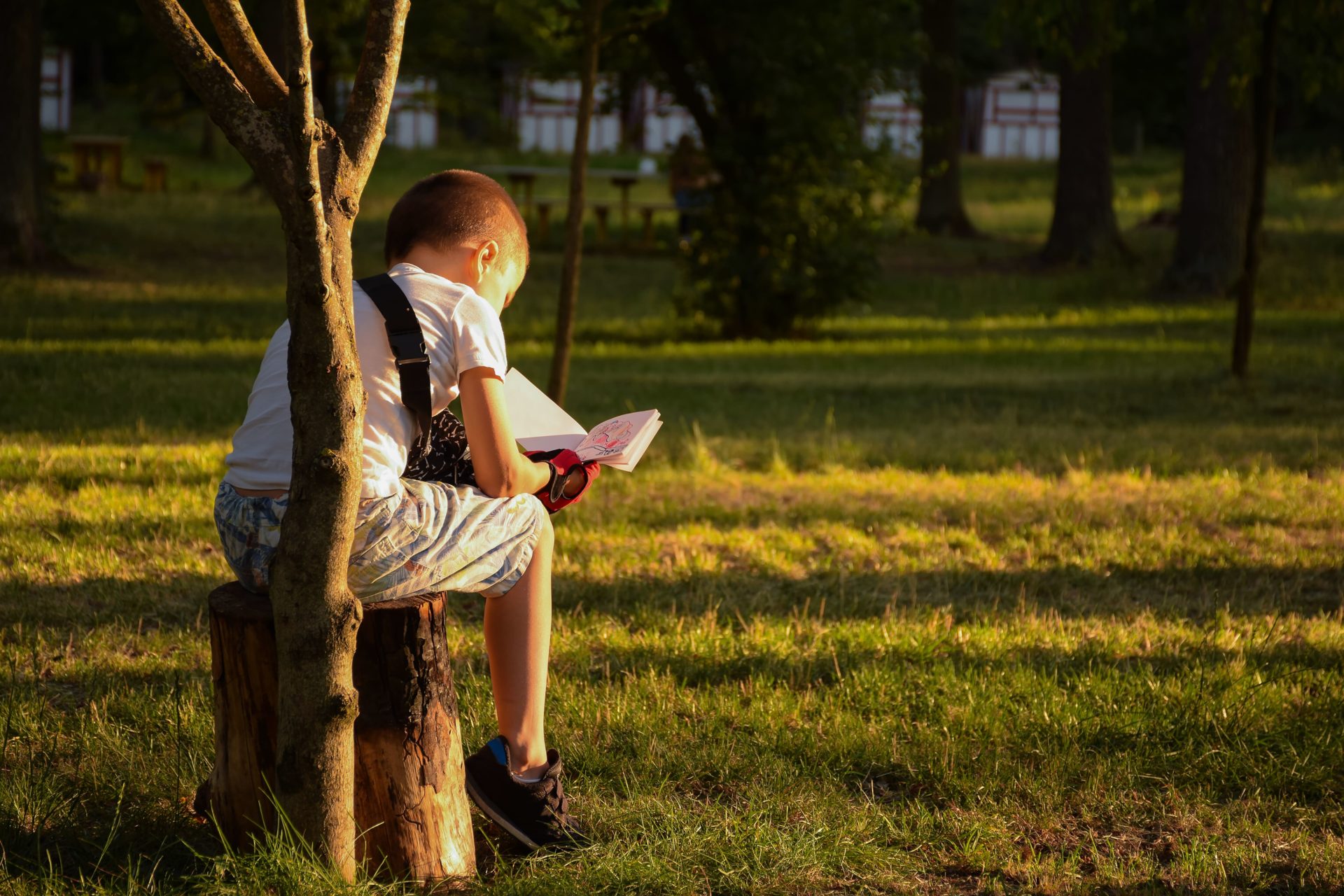
“Literacy is not just about educating; it is a unique and powerful tool to eradicate poverty and a strong means for social and human progress.”
8th September marks International Literacy Day: both a celebration of the joys of reading and an opportunity to raise awareness of the importance of literacy and learning across all ages, cultures, and countries.
In 2021, International Literacy Day will examine the impact that COVID-19 has had on literacy development and the long-lasting effects that our change in reading habits will have on teachers and classrooms. It is, perhaps, more relevant than ever before.
Just 18 months on from the UK’s first lockdown, in many ways it is still too early to judge the true consequences of the pandemic, the indelible signature it has left on current literacy rates, and how it will shape our relationship with reading and education going forwards.
As widely reported, book sales – particularly those of backlist titles – thrived during the multiple lockdowns. In their annual What Kids Are Reading report, Renaissance Learning noted that 2020 reversed the downward trend in children’s reading enjoyment. While the number of books read overall dropped by 17% compared to 2019, reading levels increased during school closures with 56% of young people stating that they enjoyed reading very much (24%) or quite a lot (32%).
Many children also selected longer and more challenging titles for their age. As reported in the Bookseller, Dr Christina Clark – Head of Research at the National Literacy Trust – cited “having more time to read” along with “the opportunity to read for its own sake” as key reasons why young people had turned to books again.
A study from The National Literacy Trust correspondingly revealed that more than a fifth (21%) of children had been writing more during lockdown periods, with many acknowledging that stories improved their emotional wellbeing amidst ever-changing rules and restrictions. For example, 3 in 5 (59%) said that reading made them “feel better” and, likewise, 2 in 5 (41%) found writing beneficial to their mental health.
It is statistically proven, then, that for many children book reading experienced a renaissance during 2020. What is yet to be determined is how these new habits will be sustained by parents and, more importantly, integrated by teachers; themselves adjusting to their newfound circumstances after so many months in virtual classrooms. It is an unprecedented challenge that will continue to unfurl in months to come.
Most significantly, what is yet to be truly quantified is the gap between those children for whom reading became a safe haven during the pandemic and those children who suddenly found themselves with no access to books at all.
The ramifications are “starting to show,” cautions Imran Hafeez, Hub Manager for Bradford Stories at the National Literacy Trust. “For some children, they’re right at the end of the spectrum where there aren’t any books at home, and there aren’t role models reading. You can imagine the challenges that those young people will face in school and going into their life. They start behind and continue to struggle to make that gap up. And then you throw COVID into the mix and it just amplifies everything.”
In 2021, World Book Day raised concerns that “access to books remains a serious issue, particularly among disadvantaged children and families.” Research from Nielsen Book Data, published in Understanding the Children’s Book Consumer Survey 2020, showed that a quarter of primary schools believed access to books had become an impediment to reading and was detrimental to literacy levels overall.
As schools and libraries closed their doors for vast swathes of the last 18 months, so too did the doors of opportunity close to children who so heavily rely on these institutions for literacy development and support. While schools remained open for vulnerable children, figures gathered by The National Literacy Trust in 2020 suggested that only 5% of the most “at risk” children were attending and that 1 in 11 children eligible for free school meals did not own a single book.
Though reports of the numbers vary, in March unpublished government figures estimated that anywhere between 90,000 – 200,000 children would arrive in secondary schools in 2021 unable to adequately read and write; at least 30,000 children over and above the number that struggle with learning difficulties in a normal year. “Months of education have been lost,” Boris Johnson admitted in a Downing Street press conference in the spring. “And, of course, the detriment falls hardest on the kids who needed attention the most.”
The result? In June, the government announced the first step in its education recovery plan, which allocated funds of £1.4 billion to the cause, in addition to the £1.7 billion previously allotted to support education, including the National Tutoring Programme. This is less than half the amount that the Education Policy Institute believes is required across a three-year period (£10 billion – £15 billion) to provide sufficient academic and pastoral care for children who have been adversely affected by the pandemic.
James Turner, CEO of the Sutton Trust – a charity dedicated to social mobility – cautioned that “the recovery plan must be ambitious, long-term and multi-faceted. EPI is right to call for a major funding boost to reflect the scale of the challenge. Crucially, that needs to be focused on the most disadvantaged, who have felt the effects of the pandemic especially acutely.” Subsequent to the government’s funding announcement in June, Education Tsar, Sir Kevan Collins, resigned from his post, stating that “the support announced by the government so far does not come close to meeting the scale of the challenge.” As far as fightbacks go, these are very inauspicious beginnings and the government’s next move will be crucial.
It would be remiss if this article did not mention those who have continued to work tirelessly to raise literacy awareness during these turbulent times. The National Literacy Trust’s local hubs continued to tackle reading and educational issues in areas of the country most seriously affected by low literacy rates. “We had to get out to families. We had to convince our publishers and partners that this was where the need was,” says Hafeez.
They succeeded: donations started arriving in great waves. In the Bradford area alone, they have distributed 8,000 books and activity packs to families between January and July of 2021. Online platforms have been embraced as a means of connecting directly with families, and campaigns such as The World of Bradford Stories have helped showcase the oral traditions, languages and literacies that exist across communities. Author events have proven a further catalyst for reading, with the likes of Konnie Huq and Sairish Hussain supporting the Bradford Stories campaign over the pandemic by engaging with and inspiring pupils and hard-to-reach young people. “This is the model we’ve sweated for,” says Hafeez. “And now it’s paying dividends at a time when we really needed to reach people with this offer around literacy and education.”
And they’re not alone. Among their many excellent programmes, The Book Trust’s annual Time to Read campaign provided one free book for every Reception-aged child in England, while the inspirational efforts of Marcus Rashford have also been a highlight. The Marcus Rashford Book Club has already donated tens of thousands of free books to disadvantaged communities since its launch in 2020. The importance of libraries as a resource in enabling children from all socio-economic backgrounds to have access to books cannot be overstated. It is absolutely critical that they continue to receive the support, resources, and funding they require.
In writing this piece, I made a few attempts to uncover the UK’s national reading age. Various reports and surveys place this number between 8-14; a statistic I found shocking though, concurrently, not unexpected. While the true extent of COVID-19’s long-term ramifications on literacy in the UK are yet to be fully revealed, the education system has been seismically shaken. This year’s International Literacy Day is both a stark reminder of the opportunities that have been lost and the obligation that remains from the government to honour its promise to ensure the futures of all the children who have been left behind in the pandemic’s wake. The next move is theirs and we will all be watching.
Written by Stephanie Bramwell-Lawes, with additional reporting by Alex Riddle.


